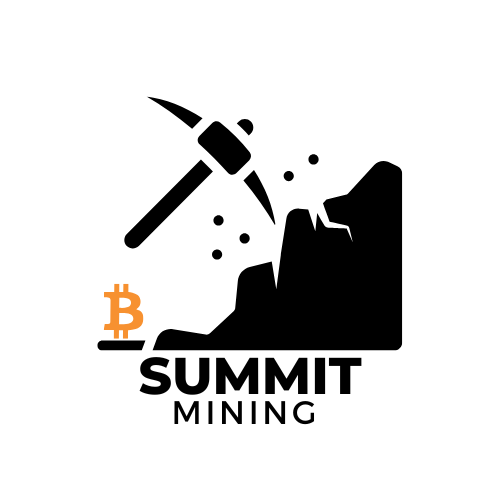
Alternative use of surplus energy for Bitcoin mining
Share
Using Excess Renewable Energy for Bitcoin Mining: A Grid-Friendly Technology
In a world where the transition to renewable energy is becoming increasingly urgent, we are faced with a paradoxical problem: excess energy. Wind and solar power plants often produce more electricity than the grid can absorb, leading to curtailment and wasting valuable resources. But this is where Bitcoin mining comes in – a technology that not only harnesses this surplus but actively stabilizes the power grid and drives the energy transition. At Summit Mining, we see this as an opportunity to promote sustainable mining while contributing to grid security.
The problem of excess renewable energy
Renewable energies like wind and solar are weather-dependent and don't always produce electricity when it's most needed. In regions with high levels of development, such as Texas or parts of Europe, there is often a surplus that cannot be stored or transported. In the US alone, billions of kilowatt-hours of renewable electricity are wasted annually. This leads to economic losses for operators and hinders the further expansion of green energy. A solution must be flexible to compensate for these fluctuations – and that's exactly what Bitcoin mining offers.
Bitcoin Mining: An Energy-Intensive Process with Potential
Bitcoin mining is the process by which powerful computers solve complex mathematical problems to validate transactions and generate new blocks in the blockchain. This process consumes a lot of energy, which is often criticized. But the key lies in flexibility: miners can turn their operations on or off in seconds, depending on the availability of electricity. Instead of using fossil fuels, innovative miners like those at Summit Mining rely on renewable sources to reduce costs and protect the environment.
Using surplus energy: a win-win for the environment and the economy
By absorbing excess electricity, Bitcoin miners prevent outages and make renewable projects more profitable. Studies show that the additional demand from mining increases the profitability of wind and solar farms, thus creating more capacity. During times of low demand or high production—such as at night for solar arrays or during strong winds—miners can take advantage of low or even negative electricity prices to operate. This not only reduces the carbon footprint of mining but also encourages the construction of new facilities in remote areas where energy would otherwise be "stranded."
Practical examples underscore this: In Texas, miners have partnered with energy providers to absorb surpluses from wind farms, stabilizing the grid and strengthening local communities economically. Similarly, in Scandinavia and Australia, Bitcoin mining acts as a "virtual power plant" that responds flexibly to fluctuations and facilitates the integration of renewable energies.
Grid-friendly technology: stabilization and demand response
The real highlight lies in mining's role in supporting the grid. Unlike rigid industries, Bitcoin mining can serve as a flexible consumer: When grid congestion occurs, miners reduce their consumption within minutes to free up electricity for households—a process called demand response. This makes the grid more resilient and cost-effective. Experts see this as a "hidden ally" for the energy transition, as mining monetizes surplus energy and accelerates the transition to 100% renewables.
At Summit Mining, we incorporate precisely these principles: Our mining solutions are designed to work seamlessly with renewable energy. Whether through solar panels or surplus wind, we offer hardware and software that operate efficiently and in an environmentally friendly manner, helping you become part of this grid-friendly revolution.
Conclusion: The future of sustainable mining
Using surplus renewable energy for Bitcoin mining is more than a niche—it's a game-changer for the power grid and climate goals. By transforming waste into value, we create a symbiotic relationship between Bitcoin and green energy. Explore our products and become part of a sustainable mining future. Contact us today to learn more!
Note: This article is based on current developments in 2025 and is for informational purposes only.
